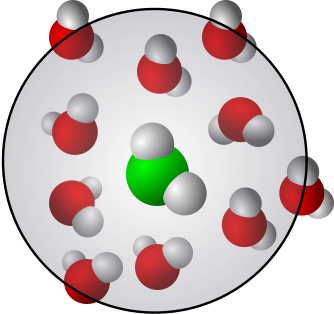Summary
Contents
Summary#
We will cover the basics of Linux and Python using Jupyter notebooks in Jupyter Lab. Linux is important since for our simulations, we have to be able to use the command line interface (CLI). This also applies to the Mac users, simulations require a CLI and Mac has one built in. There are some small differences (but not that many) between Mac and Linux and those differences will be indicated. The main reason for that is that Linux uses the bash shell whereas the default for Mac is zsh. Windows users have the Windows Subsystem for Linux (WSL/WSL2) installed and that, obviously, uses Linux commands. As the second important component, we will have a brief introduction to Python. No previous experience in programming? No need to worry, we start from the basics and the emphasis is getting a basic functional knowledge that will allow you to go further if you so wish.
Note also that if you are ever going to use supercomputing systems such as those provided by Digital Alliance Canada, formerly knows as Compute Canada, you need to be able to use the CLI and understand the basics of Linux operations – all supercomputing uses Linux.
The following software will be installed during the Lab this week:#
Step 1:
OSX (Intel Mac) users: Installation of XCode and Homebrew (if you have Macports that is also ok, but instructions in the notes are for Homebrew). Note: I have no access to a computer using Apple’s M processors - everything regarding Macs in the follow-up sections refers to Intel-based Macs.
Windows users: Windows subsystem for Linux (WSL), virtual machine for Linux or dual boot Windows-Linux as their options.
Linux users: Nothing to do at this time, you are all set up.
Step 2: Everyone
Install VMD (Visual Molecular Dynamics) for visualization
Step 3: Everyone
Install Python and Jupyter
Step 4: Everyone
Install gcc/g++ and cmake.
